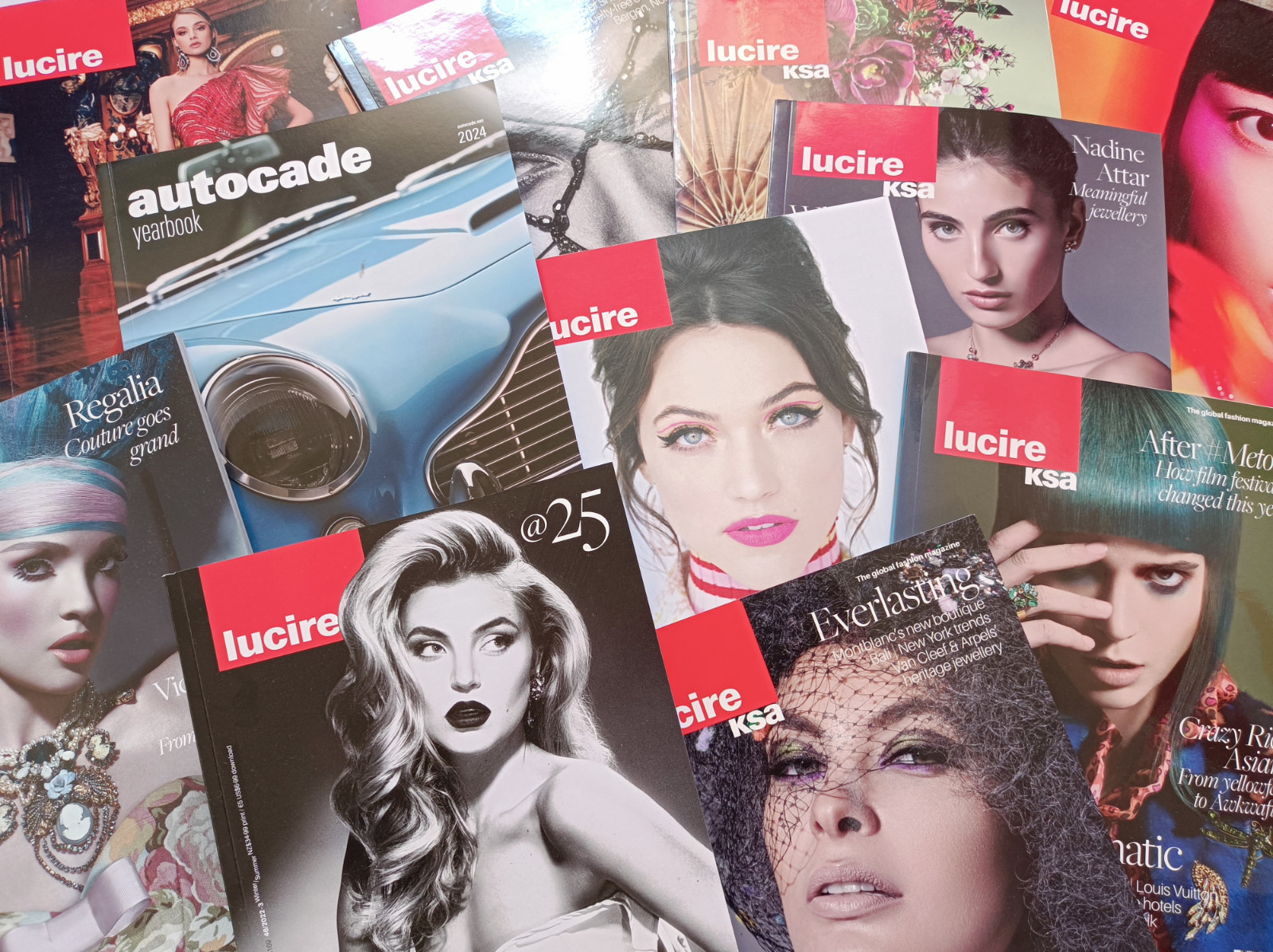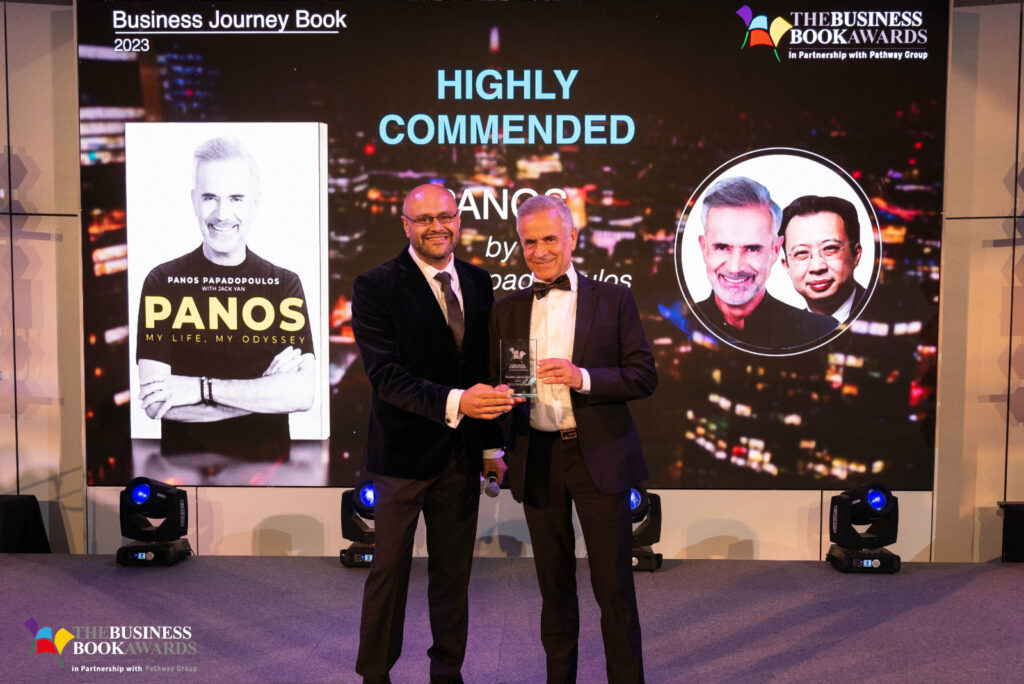JY&A Media has a new website, to tie in with the new direction we have for the business. I think it was evident that when we created the Autocade Yearbook and built our e-commerce shop, Libriz, that things were changing. Whereas JYA Creative and JY&A Fonts work with clients to help realize their branding, […]
Read More… from As we grow and chart a new direction, a fresh site for JY&A Media


